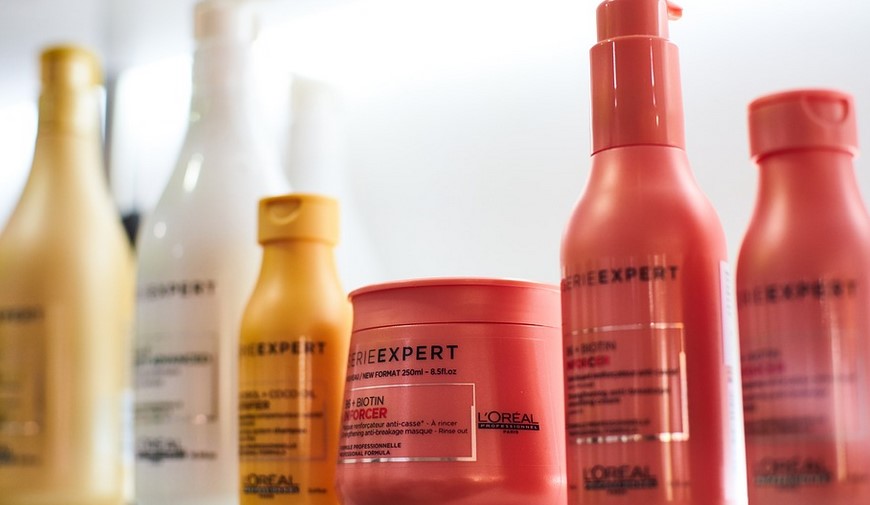Introduction
Strawberries are a delicious and nutritious fruit that are enjoyed by many people around the world. However, they can also be a source of concern due to the presence of pesticides and bacteria. In recent years, there has been a growing trend of washing strawberries with vinegar and baking soda to remove these harmful substances. In this article, we will explore the benefits and drawbacks of this method and provide some tips for how to do it effectively.
The Benefits of Washing Strawberries with Vinegar and Baking Soda
One of the main benefits of washing strawberries with vinegar and baking soda is that it can help to remove pesticides and other chemicals that may be present on the surface of the fruit. Vinegar is a natural disinfectant that can kill bacteria and mold, while baking soda can help to scrub away any dirt or debris. This method is also relatively inexpensive and easy to do at home, making it a popular choice for many people.
How to Wash Strawberries with Vinegar and Baking Soda
To wash strawberries with vinegar and baking soda, start by mixing together one cup of water and one cup of white vinegar in a large bowl. Add the strawberries to the bowl and let them soak for 10-15 minutes. After the strawberries have soaked, rinse them thoroughly with cold water to remove any remaining vinegar. Next, mix together one tablespoon of baking soda and one cup of water in a separate bowl. Dip the strawberries into the baking soda mixture and use a soft-bristled brush to gently scrub away any dirt or debris. Rinse the strawberries again with cold water and pat them dry with a clean towel.
The Drawbacks of Washing Strawberries with Vinegar and Baking Soda
While washing strawberries with vinegar and baking soda can be effective at removing pesticides and bacteria, it may also have some drawbacks. For example, some studies have suggested that vinegar can break down the protective waxy layer on the surface of the fruit, which may make it more susceptible to spoilage. Additionally, some people may be sensitive to the taste or smell of vinegar, which could make the strawberries less enjoyable to eat.
Tips for Washing Strawberries with Vinegar and Baking Soda
To avoid some of the drawbacks of washing strawberries with vinegar and baking soda, there are a few tips to keep in mind. First, be sure to rinse the strawberries thoroughly with cold water after soaking them in the vinegar mixture to remove any remaining vinegar. Second, use a soft-bristled brush to gently scrub the strawberries and avoid scrubbing too hard, which could damage the fruit. Finally, consider using organic strawberries or washing conventionally grown strawberries with a fruit and vegetable wash that does not contain vinegar.
Conclusion
Washing strawberries with vinegar and baking soda can be an effective way to remove pesticides and bacteria from the surface of the fruit. However, it may also have some drawbacks, such as breaking down the protective waxy layer on the surface of the fruit. To get the most benefits from this method, be sure to rinse the strawberries thoroughly and use a soft-bristled brush to scrub them gently. With these tips in mind, you can enjoy delicious and safe strawberries all year round.

